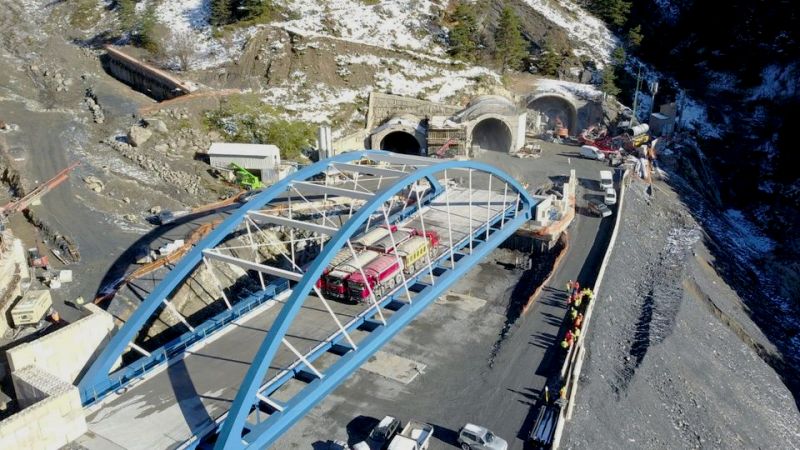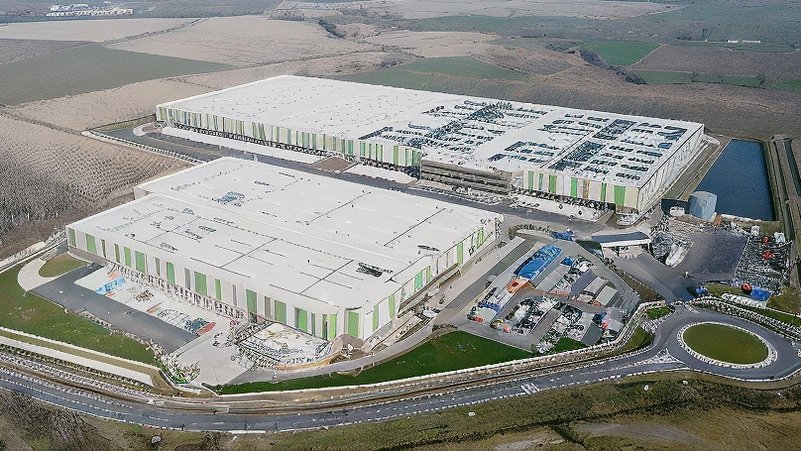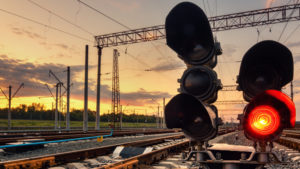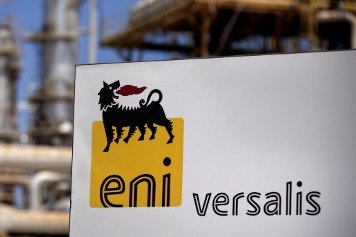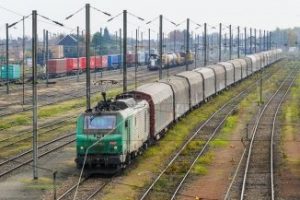On August 27, 2023, a massive landslide from the La Praz mountain released 15,000 cubic meters of rock, impacting not only the railway but also the departmental road and the A43 highway in Maurienne. While the highway was relatively quickly reopened, albeit with limited lanes, the railway restoration proved more challenging. Early inspections revealed significant damage to a tunnel in the Freney area.
Coordinated by the French railway network operator, SNCF Réseau, the restoration process faces complex challenges. On January 26, 2024, the company outlined a more prolonged timeline than initially projected, emphasizing ongoing efforts to secure the landslide-affected mountainside. The reconstruction of the railway tunnel is slated to begin only in autumn.
In a recent interview with the French newspaper Les Échos, Emmanuel Manier, head of railway engineering for France's southeast region, admitted uncertainties regarding the tunnel's salvageability, stating, "We still don't know if the tunnel can be saved; we will find out in a few weeks. If a rebuild is necessary, it will require an additional eighteen months of work." Such a scenario could push the reopening of this international railway between 2025 and 2026.
The French railways highlight the tunnel's vulnerability, given its unchanged state since its original excavation in the late 19th century. A thorough assessment, possible only after debris removal, will determine the extent of damage from the landslide. This incident underscores the limitations of the historic Fréjus railway, built in the 19th century with a challenging gradient and no longer meeting modern transport needs, despite various enhancements over the years. Completed in 1871, the railway was a pioneering feat but soon revealed its inadequacies.
Despite resistance to a new cross-border route, the need for an alternative has been evident since the early 20th century, with initial proposals for a tunnel variant emerging in the 1920s following World War I interruptions. The Fréjus railway's ongoing saga reflects the challenges of maintaining and upgrading historic infrastructure in the face of modern demands and natural calamities.
Piermario Curti Sacchi



